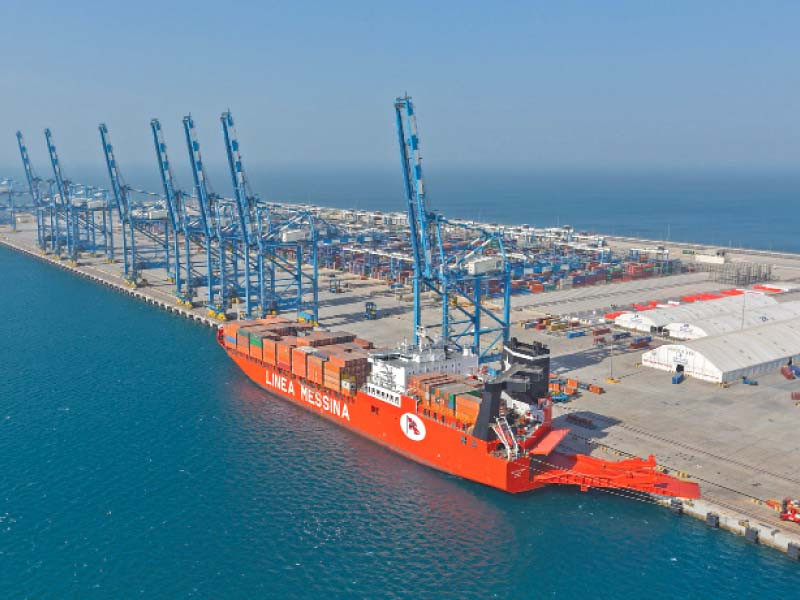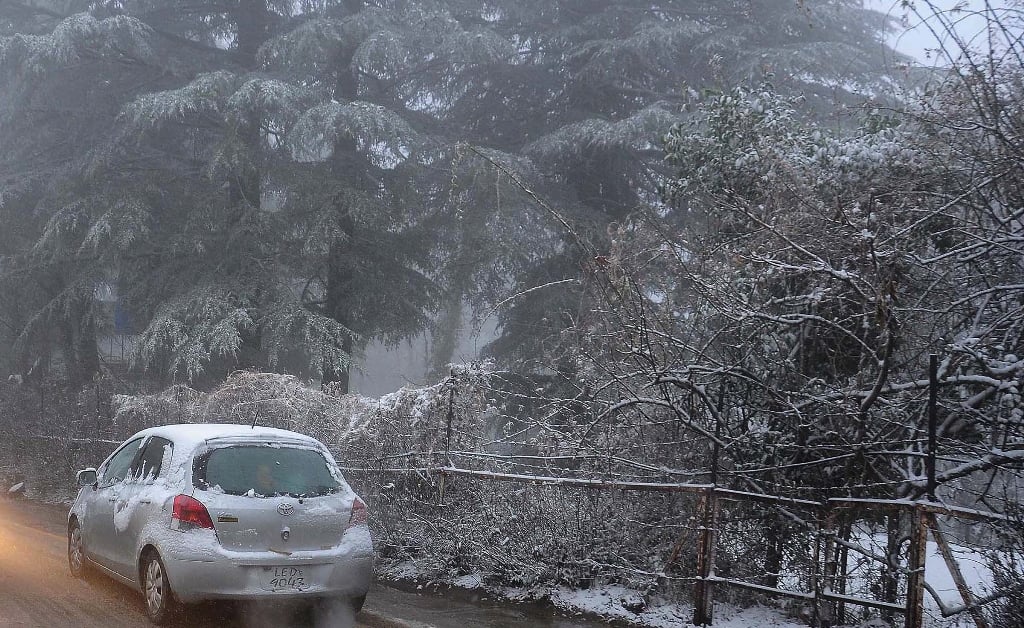
The extreme pressure of the air in the south-west of the Arabian Sea has taken the form of a tropical cyclone named Tej but Pakistan is likely to stay safe from its effects.
According to the fourth alert issued by the Pakistan Meteorological Department (PMD), “No coastal areas of Pakistan are at risk from the effects of the storm.”
The PMD stated that after increasing in intensity, the storm turned into a severe cyclonic storm.
“The storm is 1,880km from Karachi and 1,670km from Gwadar with wind speeds exceeding 120km per hour and waves around the storm rising up to 25 feet.
“The storm may turn into a very severe cyclonic storm after intensifying today (Sunday). After becoming a severe storm, it will move west/northwest towards the ports of Oman and Yemen.”
Earlier, the PMD issued a third alert about the unusual activity of water in the south-west of the Arabian Sea, which was rapidly changing from a low air pressure to a depression.
According to the PMD, the depression developed into a tropical cyclone, located about 1,850 kilometres southwest of Karachi and 1,720 kilometres south of Gwadar.
The department added that the distance of the cyclone was 960 kilometres from the city of Salalah in Oman.
The PMD predicted that because of the favourable atmospheric conditions, vertical surface winds and upper outflow, it could turn into a severe cyclonic storm after gaining one more level of intensity.
However, the PMD ruled out the possibility of the cyclone affecting the coastal areas of Pakistan.
It said the track of the cyclone would remain in the north-west and west direction.
Cyclone Tek is likely to move towards Oman and Yemen.
According to Chief Meteorologist Karachi Sardar Sarfraz, the cyclone in the Arabian Sea had been named Tej – given by India and meaning “speed”.
It features in the list of storm names adopted by the World Meteorological Organisation and Economic and Social Commission for Asia and the Pacific panel in April 2020.
Worldwide there are six regional specialised meteorological centres (RSMCs) and five regional Tropical Cyclone Warning Centres (TCWCs) mandated for issuing advisories and naming of tropical cyclones.
The India Meteorological Department is one of the six RSMCs to provide tropical cyclone and storm surge advisories to 13 member countries.
The Indian RSMC is also mandated to name the tropical cyclones developing over the north Indian Ocean including the Bay of Bengal and the Arabian Sea.
Earlier this year in June, Tropical Cyclone Biparjoy made landfall in India’s Gujarat state, close to the Pakistan border.
According to the India Meteorological Department, Cyclone Biparjoy was one of the longest-lived cyclones ever observed in the North Indian Ocean.
The average lifespan of a tropical cyclone in this region is six days and three hours. However, Biparjoy persisted for 13 days and three hours, nearly topping a 1977 storm that lasted for 14 days and six hours.
Biparjoy also broke the record for the highest accumulated cyclone energy of any North Indian Ocean cyclone, passing Cyclone Kyarr's 2019 mark.
























COMMENTS
Comments are moderated and generally will be posted if they are on-topic and not abusive.
For more information, please see our Comments FAQ